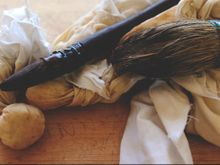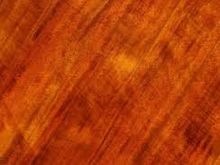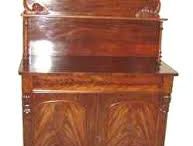History
What is it?
How is it carried out and completed?
The two methods
British method use both the shellac and the abraisive seperately.
French method use the shellac and the abraisive together.
French polishing dates back to the 18th Century. It was mainly used on mahogany and other expensive wood. It was considered a high finish for stringed instruments, guitars and furniture. It consists of applying many thin coats of shellac dissolved in alcohol using a rubbing pad lubricated with oil. Although the best method for wood finishing, its tendency to melt under low heat; for example, hot cups can leave marks on it saw the decline of use in the 1930's.
It is not a material but a 'Process' of applying layer upon layer of thin coats of shallac until built up to a high gloss. there are other ways to 'polish' but these are not classed as a french polish although they result in the same finish. French polish is more sensative than modern day varnishes to spills, heat, water, light and often result in cloudy patches. One advantage is it is easier to repair than a modern varnish or polish but the disadvantage is it is more fragile and doesn't lst under stress in todays society.
The 'French polishing process' is very lengthy and there are many different techniques and shedules. It is carried out using combinations of rubing movements, building up layer after layer of polish and finishing off with spiriting out any streaks to the surface. The rubbing pad is used to put on fine layers of shellac followed by a thicker layer with fine pumice to create an abraisive for filling the open grains of the wood. Each layer has to be completely dry to prevent 'pulling' off the softer layer.
The rubber is lubricated with an oil for the overall finish, usually a walnut oil or linseed oil will produce a harder more durable finish, a softer oil such as a mineral oil give a glossier finish.
The piece is usually finished off after leveling (1500 grit oil sanding), then light buffing with Carnauba paste wax. Too much heat or pressure from buffing will melt off the shellac and result in a bare spot that must be refinished.


